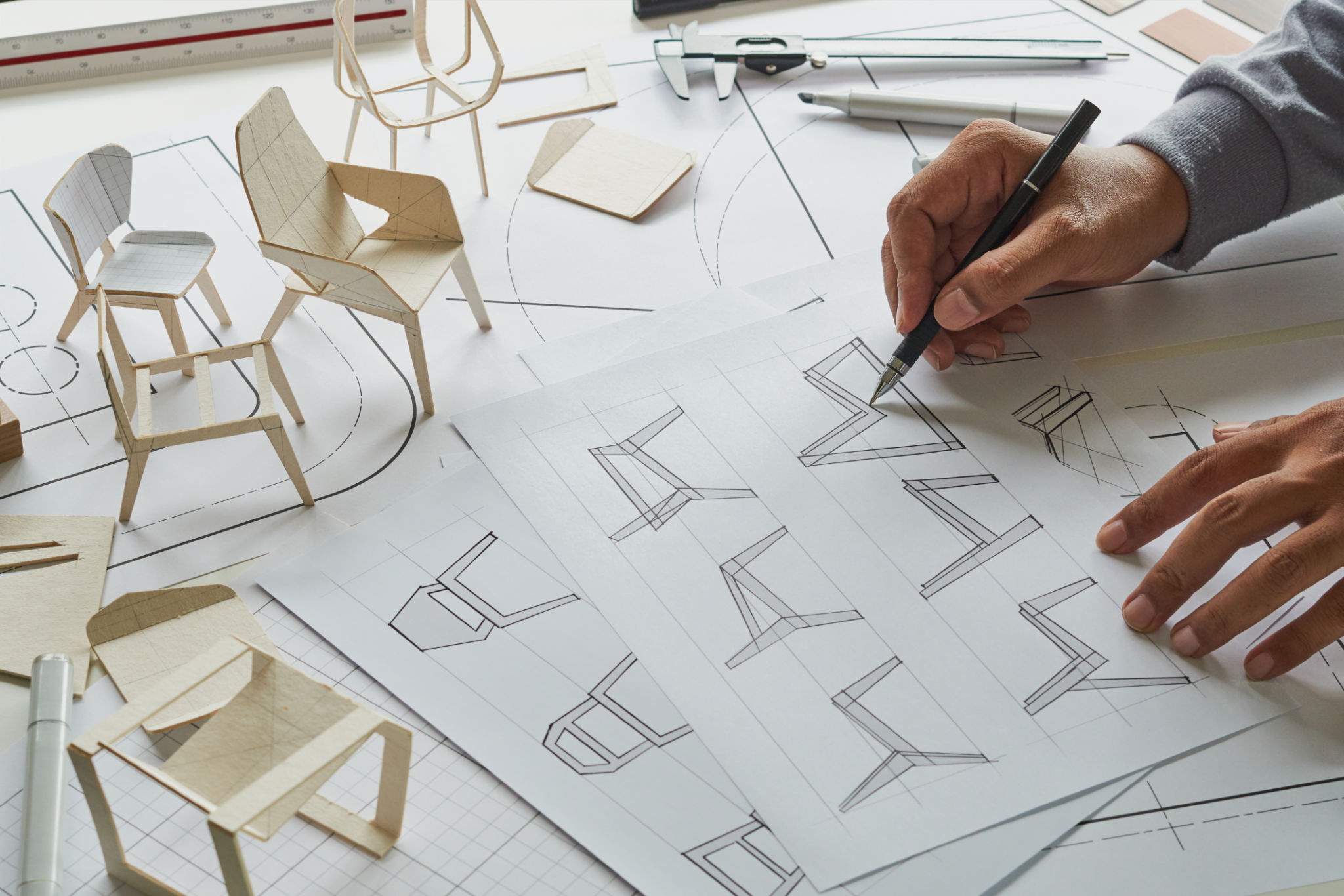A Step-by-Step Guide to Creating User-Centric Designs
Understanding User-Centric Design
Creating user-centric designs is essential for ensuring that digital products meet the needs and expectations of their users. This approach prioritizes the user's experience and interaction with the product, making it intuitive and enjoyable. A user-centric design not only enhances usability but also boosts user satisfaction and engagement.

At its core, user-centric design involves understanding the user's needs, behaviors, and goals. By focusing on these aspects, designers can create products that are both functional and delightful to use. This approach requires thorough research and a commitment to continuous improvement, as user preferences and technologies evolve over time.
Step 1: Conducting User Research
The first step in creating a user-centric design is conducting comprehensive user research. This involves gathering data about the target audience through various methods such as surveys, interviews, and observations. Understanding the demographics, preferences, and pain points of your users will provide valuable insights that guide the design process.
Once you have gathered sufficient data, it's crucial to analyze and synthesize these findings. Look for common themes and patterns that can inform your design decisions. This step helps ensure that the product will address actual user needs rather than assumptions.
Step 2: Creating User Personas
User personas are fictional characters that represent different segments of your target audience. They are created based on the research data collected in the previous step. Each persona should include details such as age, occupation, goals, and challenges. These personas help the design team empathize with users and make informed decisions throughout the design process.

When creating user personas, it's important to focus on diversity to cover a broad spectrum of potential users. This ensures that the final product is inclusive and accessible to a wide audience. Keep these personas updated as new information about your users becomes available.
Step 3: Designing with Empathy
Designing with empathy involves putting yourself in the user's shoes and understanding their emotions, frustrations, and motivations. This mindset helps create designs that resonate with users on a deeper level. Consider how different design elements—such as colors, fonts, and layouts—can impact a user's experience and emotions.
- Use clear and concise language to communicate effectively.
- Ensure navigation is intuitive and easy to follow.
- Incorporate feedback mechanisms to gather user input.
Step 4: Prototyping and Testing
Prototyping involves creating a preliminary version of the product to test its functionality and usability. This step allows designers to experiment with different concepts and gather feedback from users before finalizing the design. Tools such as wireframes and mockups are commonly used during prototyping.

User testing is an integral part of this process. It provides real-world insights into how users interact with the prototype and identifies any issues or areas for improvement. Iterative testing ensures that the final product is refined and meets user expectations.
Step 5: Continuous Improvement
User-centric design is an ongoing process that doesn't end with the launch of a product. Continuous improvement involves regularly updating the product based on user feedback and emerging trends. This ensures that the product remains relevant and continues to deliver value to users.
By following these steps, you can create designs that not only meet but exceed user expectations. Emphasizing a user-centric approach leads to products that are more successful in achieving business goals while providing a satisfying experience for users.
